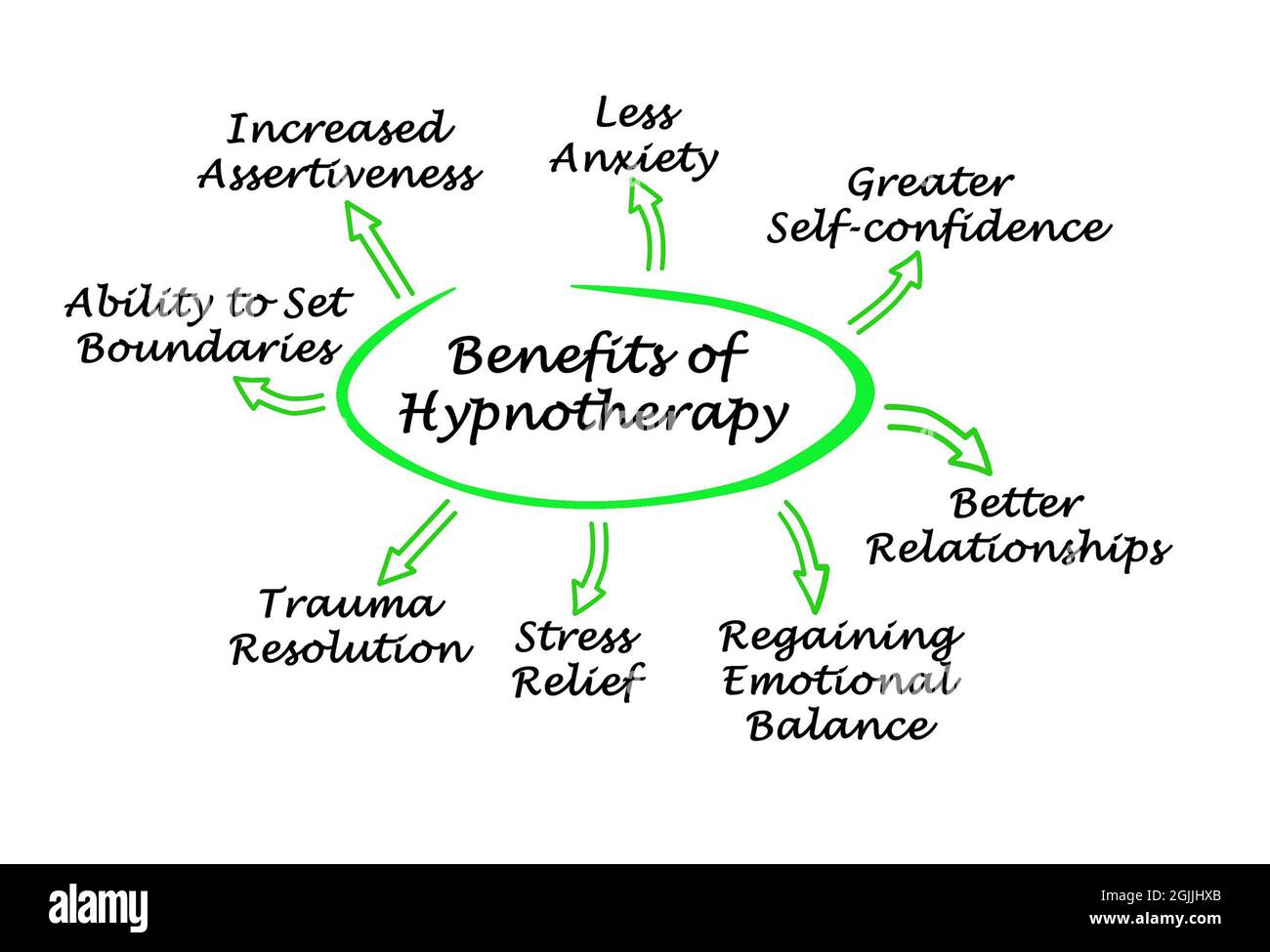
Hypnosis for fear or flight can help you conquer your fear. Hypnosis to fear of flying uses suggestion to alter your thinking and actions. The suggestions are made specifically for your needs. The resulting changes will make you feel confident and ready to fly. Call a specialist in hypnosis today to get started. They can advise you about the best options.
Once you've decided to try hypnosis for fear of flying, write down your goals. What are your goals? What are your fears? When you write down your goals, you will have something to work towards in hypnotherapy. Hypnosis may be able to help you realize your dream of seeing your daughters in distant future. These goals can serve as motivation for hypnosis to conquer your fear of flying.

Multiple phobias can be treated with hypnosis. A patient may have more than one fear, such as a fear of flying. The cause of flight anxiety depends on whether it is a childhood trauma or an inherited fear. Whatever the cause, hypnosis may be helpful to make flying more enjoyable.
You might have feared a flight before. Fear could be triggered by the other person onboard. Or it could be triggered by turbulence or a sudden descent. Sometimes, the person's fear of flying is not connected to any specific event. Hypnosis for fear flying can help. It is a proven technique to conquer a phobia of flying and can help you become a confident, happy person again.
Hypnosis for flying phobias can help you regardless of whether it is an extreme fear of flying or an irrational fear. A hypnotherapist may be able to help you find the root of your fears. They will also teach you how they can be overcome. The hypnosis treatment for flying phobias will make it possible to board a plane quickly and easily.

Your mind will be able to overcome your fear of flying by using hypnosis. This technique reframes your thoughts and eliminates negative associations. You can even take it along with you on a flight to reduce the fear of flying. The best time to use hypnosis for fear flying is now. It can help eliminate your fear and boost your confidence flying.
FAQ
Exercise: Good or Bad for Immunity?
Exercise is good to your immune system. When you exercise, your body produces white blood cells which fight off infections. You can also eliminate toxins from the body. Exercise helps prevent diseases like cancer and heart disease. Exercise can help reduce stress.
But, too much exercise can lead to a weakening of your immune system. When you exercise too hard, your muscles will become sore. This can cause inflammation and swelling. Your body then has to produce more antibodies to fight off infection. However, these antibodies can also cause allergic reactions and autoimmune diseases.
So, don't overdo it!
How can you live your best life every day?
To live a happy life, the first step is to discover what makes you happy. You can then work backwards once you know what makes YOU happy. You can also ask other people what they do to live the best lives possible every day.
Dr. Wayne Dyer's book "How to Live Your Best Life" is also available. He discusses finding happiness and fulfillment throughout our lives.
What are the 10 best foods to eat?
These are the 10 best foods you can eat:
-
Avocados
-
Berries
-
Broccoli
-
Cauliflower
-
Eggs
-
Fish
-
Grains
-
Nuts
-
Oats
-
Salmon
Do I need to count calories
You may be wondering "what is the best diet for you?" or "is counting calories necessary?" Well, the answer depends on several factors including your current health status, your personal goals, your preferences, and your overall lifestyle.
The Best Diet For Me - Which One Is Right For You?
The best diet depends on me, my health, my goals, my preferences and my overall lifestyle. There are many options, both good and bad. Some are better for certain people than others. So what do I do? What can I do to make the right decision?
These are the questions that this article attempts to answer. This article begins with a brief overview of the various types of diets that are available today. Next, we'll discuss the pros and cons for each type of diet. Then, we will discuss which diet is the best.
Let's first take a look at different diets.
Diet Types
There are three main types, low fat, high protein, or ketogenic diets. Let's look at each one briefly.
Low Fat Diets
A low-fat diet restricts fat intake. This is achieved by reducing saturated fats like butter, cream cheese, and other dairy products. and replacing them with unsaturated fats (olive oil, avocados, etc.). People who are looking to lose weight quickly and easily will benefit from a low-fat diet. This diet can cause problems such constipation as heartburn, indigestion, and even stomach pain. A person may also experience vitamin deficiencies if they don't get enough vitamins.
High Protein Diets
High-protein diets limit carbohydrates and favor proteins. These diets often have higher levels of protein than most other diets. These diets are intended to increase muscle mass and reduce calories. They may not be able to provide sufficient nutrition for people who need it. They are also very restrictive, so they might not be appropriate for everyone.
Ketogenic Diets
The keto diet is also known as the keto diet. They are high in fat, moderately high in protein and low in carbohydrates. They are typically used by athletes and bodybuilders because they allow them to train harder and longer without getting tired. But, they require strict adherence to avoid negative side effects like nausea, headaches, and fatigue.
What's the problem in BMI?
BMI is the acronym for Body Mass Index. It measures body fat based upon height and weight. This formula calculates BMI.
Weight in kilograms divided by height in meters squared.
The result is expressed in a number between 0 - 25. A score of 18.5+ indicates that you are overweight. A score higher than 23 indicates that you are obese.
A person who is 100 kg in weight and 1.75m in height will have a 22 BMI.
What's the difference of a calorie versus a Kilocalorie?
Calories are units that measure how much food has energy. Calories is the unit of measurement. One calorie represents the energy required to raise one gram of water's temperature by one degree Celsius.
Kilocalories can also be used to refer to calories. Kilocalories are measured in thousandths of a calorie. 1000 calories is one kilocalorie.
Statistics
- The Dietary Guidelines for Americans recommend keeping added sugar intake below 10% of your daily calorie intake, while the World Health Organization recommends slashing added sugars to 5% or less of your daily calories for optimal health (59Trusted (healthline.com)
- WHO recommends consuming less than 5% of total energy intake for additional health benefits. (who.int)
- nutrients.[17]X Research sourceWhole grains to try include: 100% whole wheat pasta and bread, brown rice, whole grain oats, farro, millet, quinoa, and barley. (wikihow.com)
- WHO recommends reducing saturated fats to less than 10% of total energy intake; reducing trans-fats to less than 1% of total energy intake; and replacing both saturated fats and trans-fats to unsaturated fats. (who.int)
External Links
How To
What does the term "vitamins" mean?
Vitamins are organic compounds found naturally in food. Vitamins are necessary for us to absorb nutrients in the foods we consume. Vitamins cannot be produced by the body. They must be acquired from food.
There are two types: water-soluble and fat-soluble vitamins. Water-soluble vitamins dissolve in water easily. Examples include vitamin C,B1 (thiamine), B2 (riboflavin), B3 (niacin), B6 (pyridoxine), folic acid, biotin, pantothenic acid, and choline. The liver and fat soluble vitamins are stored within the liver and in fatty tissue. Examples include vitamin D, E, K, A, and beta carotene.
Vitamins are classified according their biological activity. There are eight major vitamin groups:
-
A - Vital for normal growth and maintaining good health.
-
C - important for proper nerve function and energy production.
-
D - necessary for healthy bones and teeth.
-
E - needed for good vision and reproduction.
-
K - essential for healthy muscles, nerves, and bones.
-
P – vital for building strong bones.
-
Q - aids digestion and absorption of iron.
-
R – Required for the formation of red blood vessels.
The recommended daily allowance for vitamins (RDA) varies based on gender, age, and physical conditions. RDA values are set by the U.S. Food and Drug Administration (FDA).
For adults over 19 years, the RDA is 400 mg per day for vitamin A. For fetal development, pregnant women need 600 mg per day. Children ages 1-8 require 900 micrograms per day. Babies under one-year old require 700 mg per day. Between 9 and 12 years of age, however, this drops to 500 mg per day.
Children between the ages 1--18 years old who are overweight or obese require 800 micrograms per Day, while those who are overweight or obese need 1000 micrograms. To meet their nutritional needs, children underweight and obese require 1200 micrograms a day.
Children between 4 and 8 years old with anemia will need 2200 micrograms daily of vitamin C.
2000 micrograms are required daily for good health in adults over 50. Because of their higher nutrient needs, women who are pregnant or nursing need 3000 mg per day.
1500 micrograms are required daily by adults over 70 because they lose approximately 10% of their muscle each decade.
Women who have been pregnant or are lactating require more than the RDA. Pregnant women need 4000 micrograms per dayduring pregnancy and 2500 micrograms per day after delivery. Breastfeeding mothers need to consume 5000 micrograms every day when breastmilk has been produced.